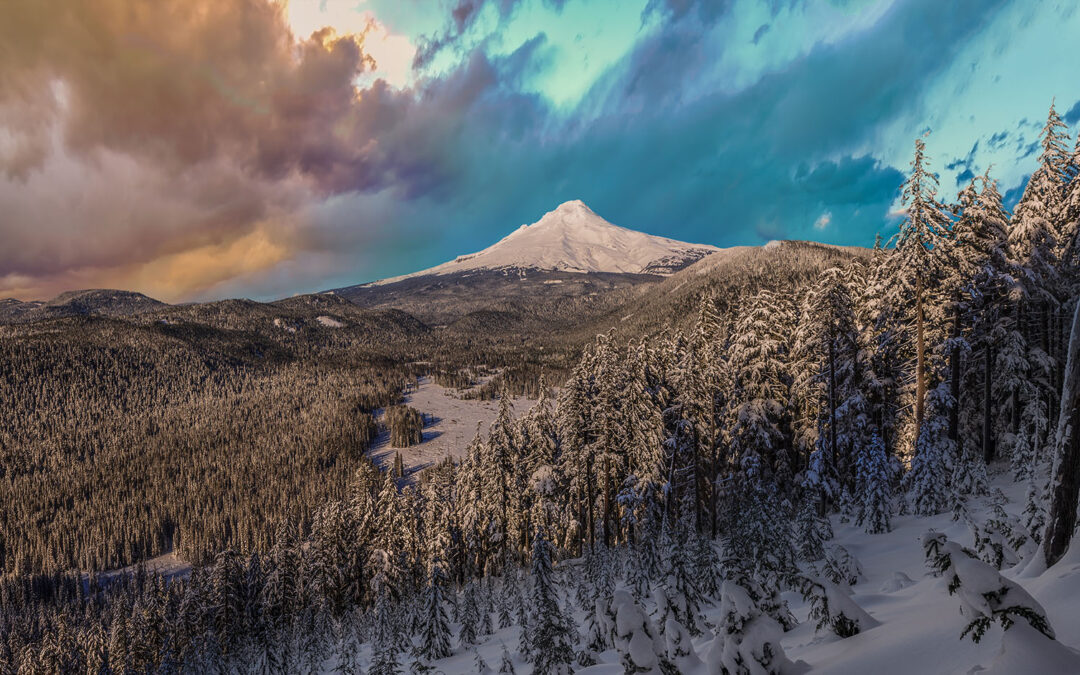The Mount Hood National Forest encompasses 1.1 million acres, with about a third of those acres designated as wilderness within eight wilderness areas. The Forest has a rich history and offers year-round recreation opportunities. Its watersheds provide drinking water to more than a million people in the greater Portland area.
Mount Hood, an active stratovolcano that reaches 11,249 feet above sea level, was named after naval officer Alexander Arthur Hood by British Lieutenant William Broughton in 1792. Mount Hood National Forest includes land that was designated as the Bull Run Timberland Reserve by President Benjamin Harrison in 1892. In 1893, additional land was added to the reserve, and the name was changed to the Cascade Range Forest Reserve. After creation of the Forest Service, the land was renamed the Oregon National Forest in 1908. The Forest received its current name in 1924.
The Forest has supported nearby communities with natural resources and job opportunities, especially during the Great Depression when the Civilian Conservation Corps and the Works Progress Administration provided jobs for unemployed workers who constructed buildings and recreation sites. Timberline Lodge, now a National Historic Landmark, was the largest of these Depression-era projects.
Skiing was first recorded on Mt. Hood in 1900, and the sport has been growing on the Forest ever since. The Magic Mile chairlift, built in 1938, was the second chairlift constructed in the U.S., and five ski areas now thrive on the Forest. During World War II, activities on the Forest shifted from recreation to raw material production, but recreation attracted even more visitors after the war ended. More than 2 million visitors per year currently recreate on the Forest. In addition to skiing, popular activities include camping, hiking, snowshoeing, sledding, hunting, boating, and fishing.
Photo: A snow-covered Mount Hood towers above the surrounding national forest.


